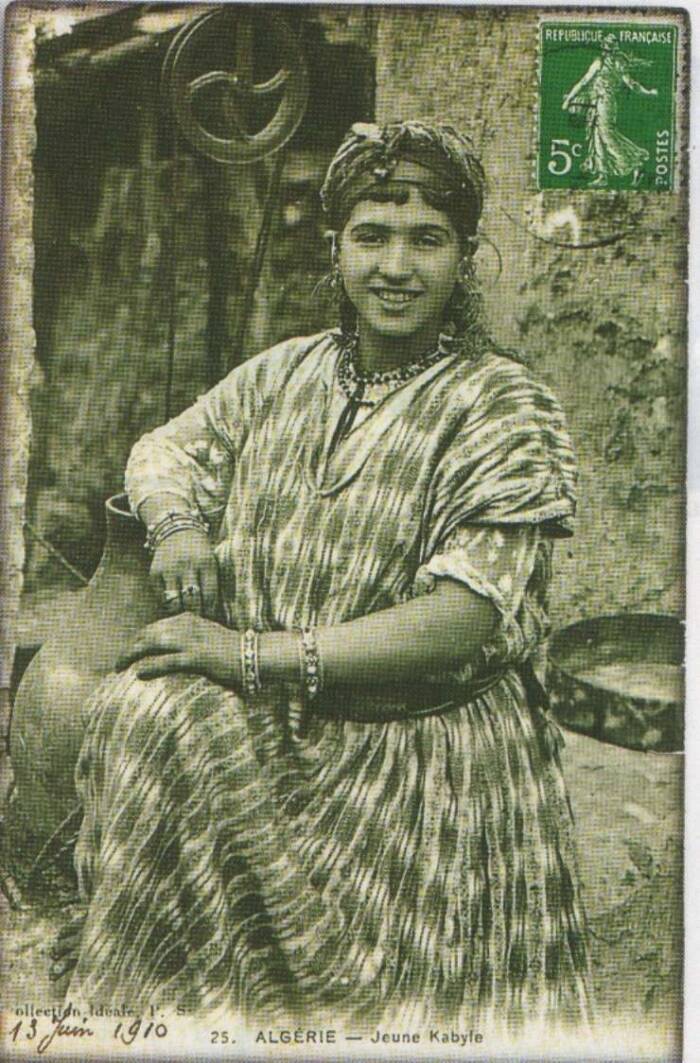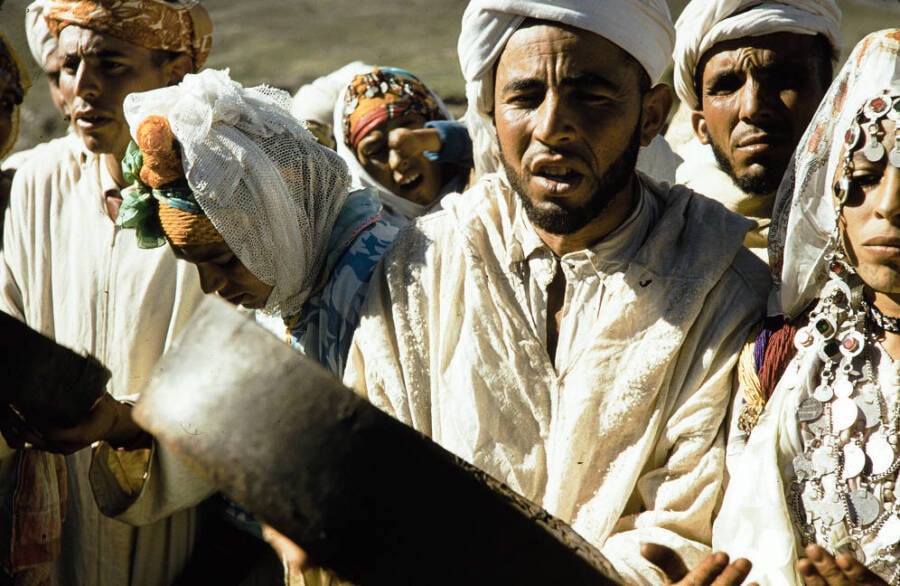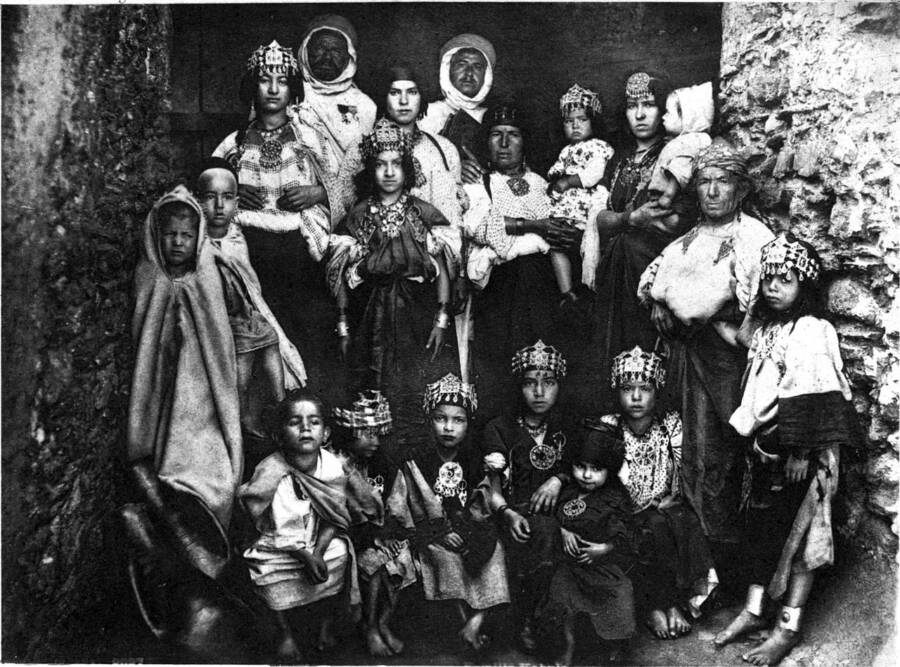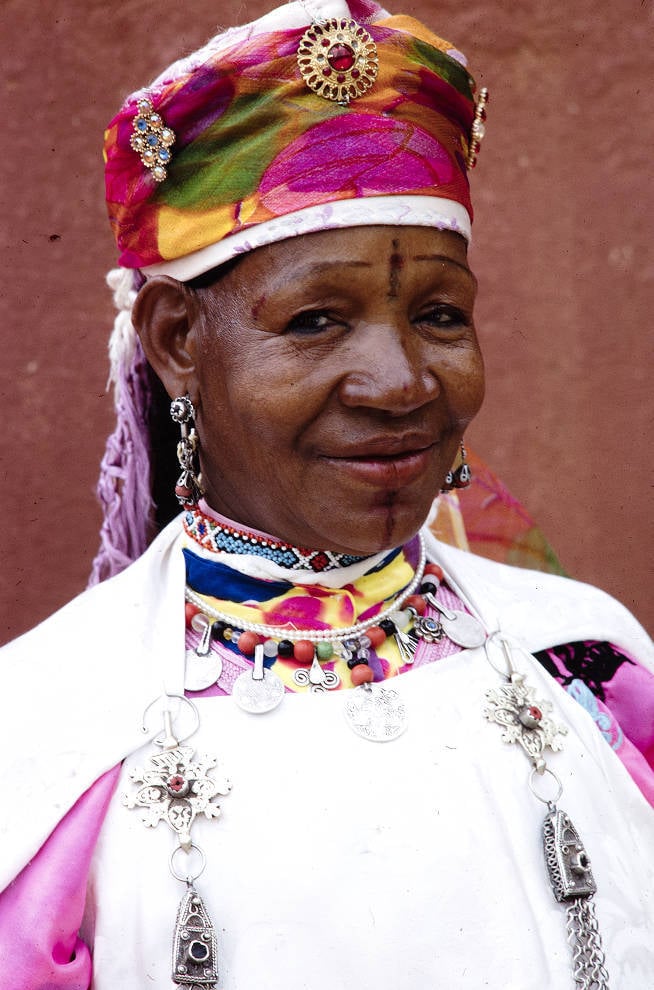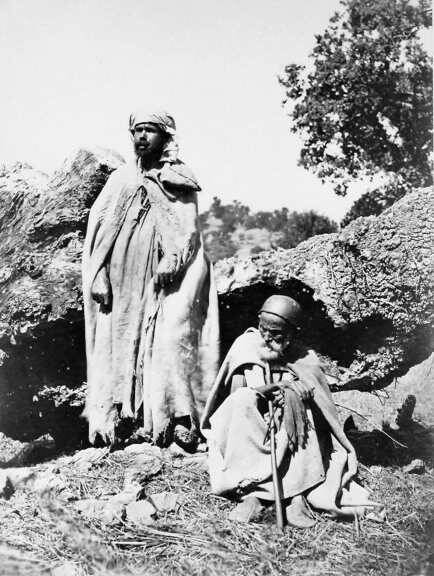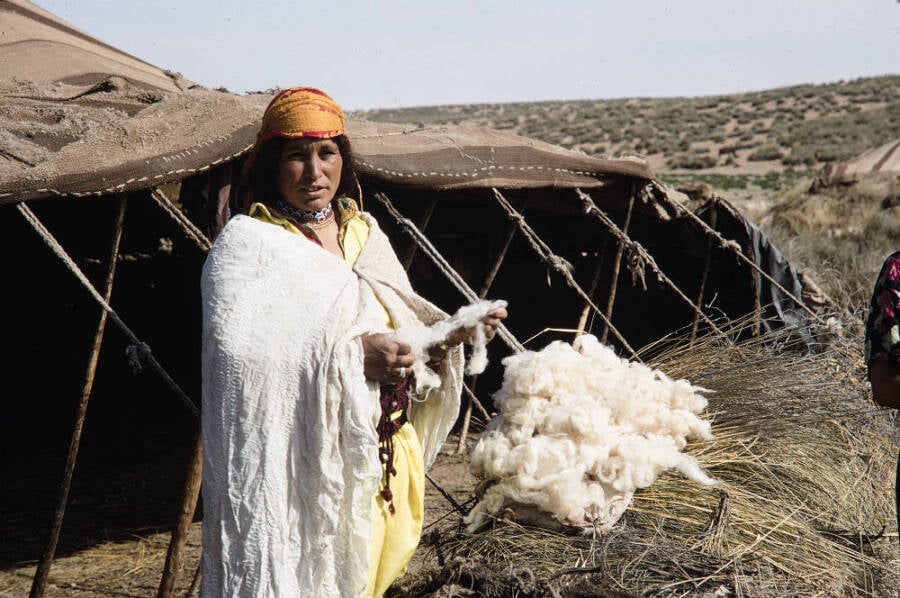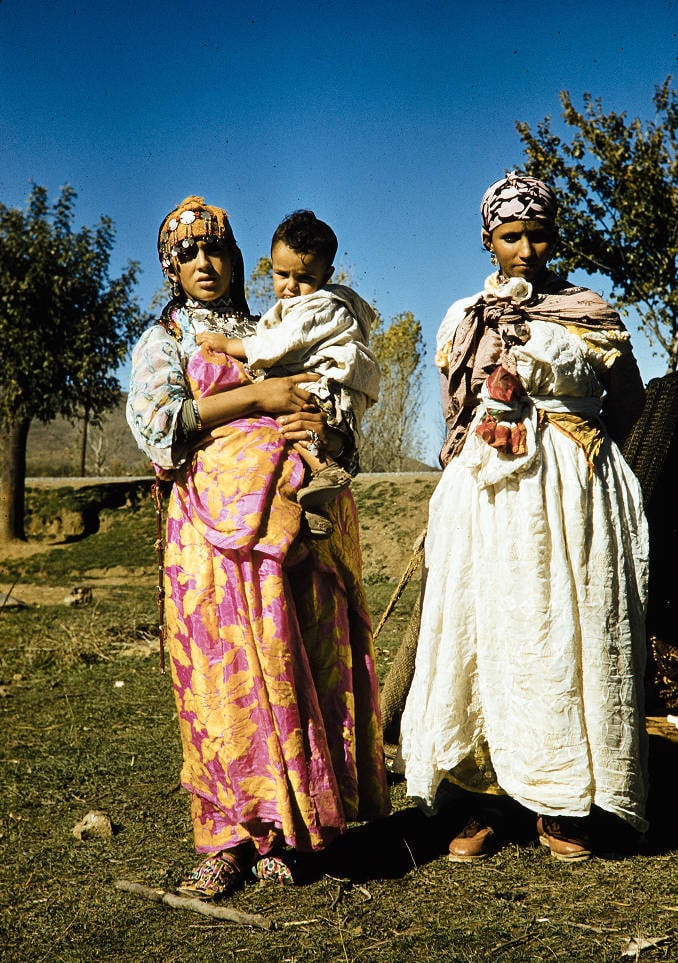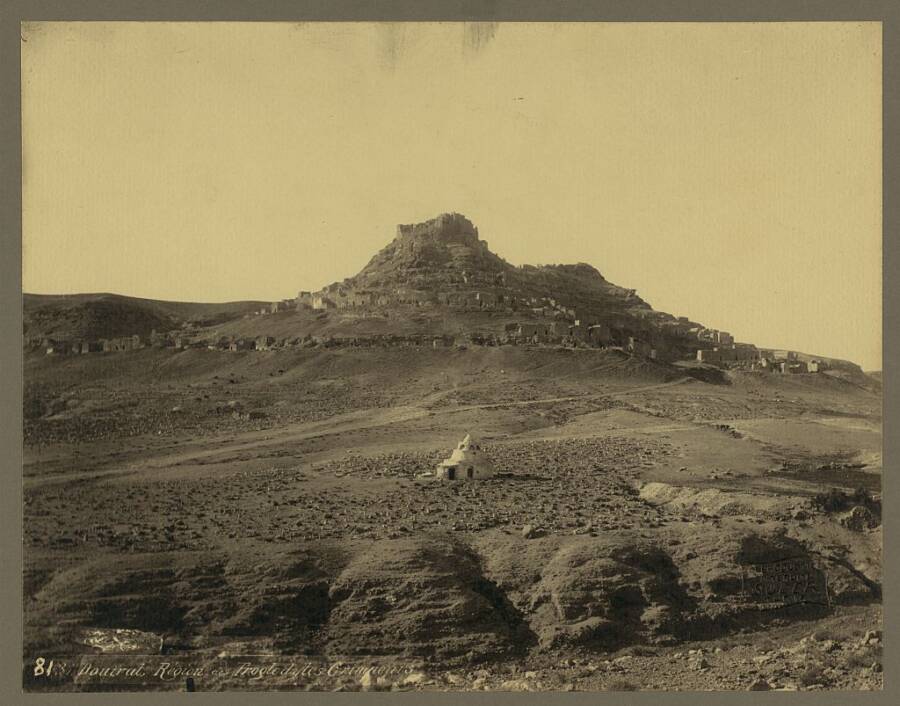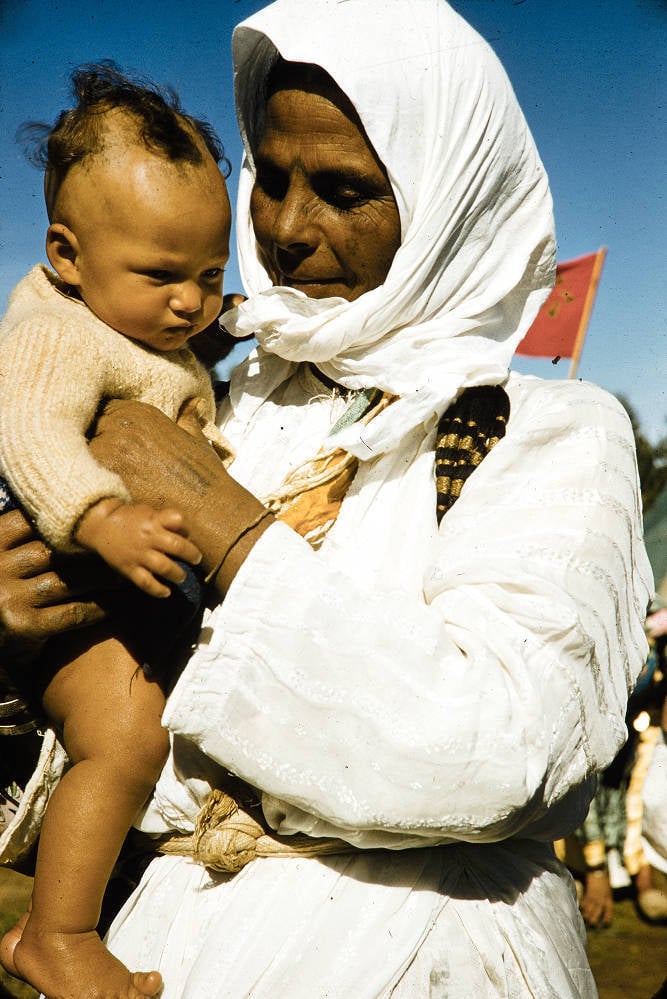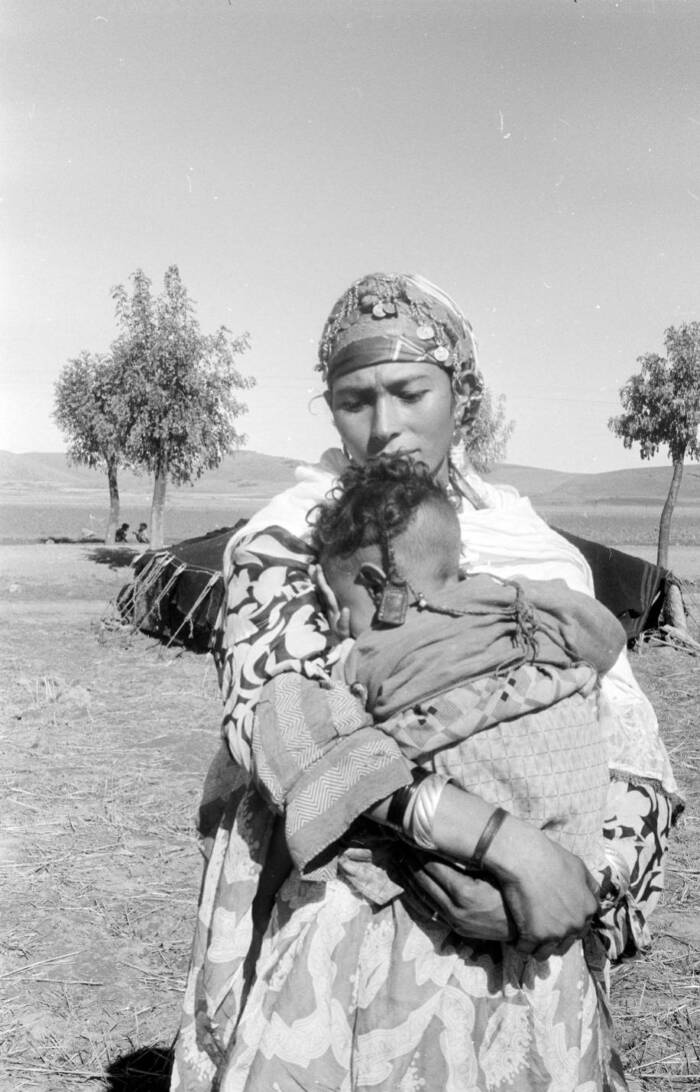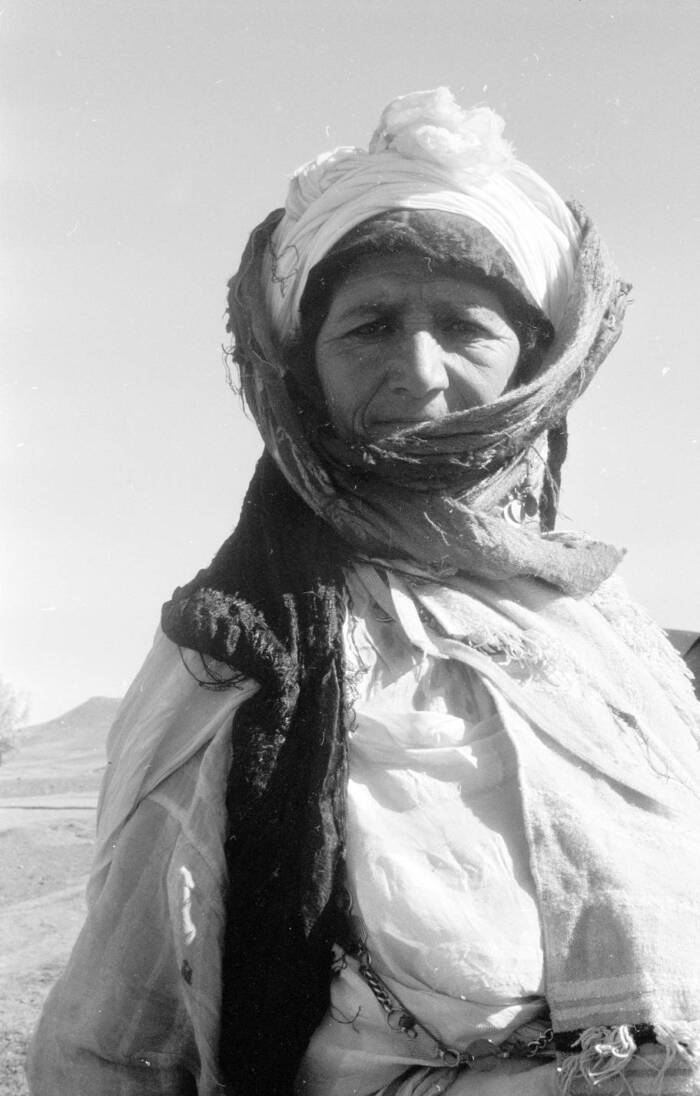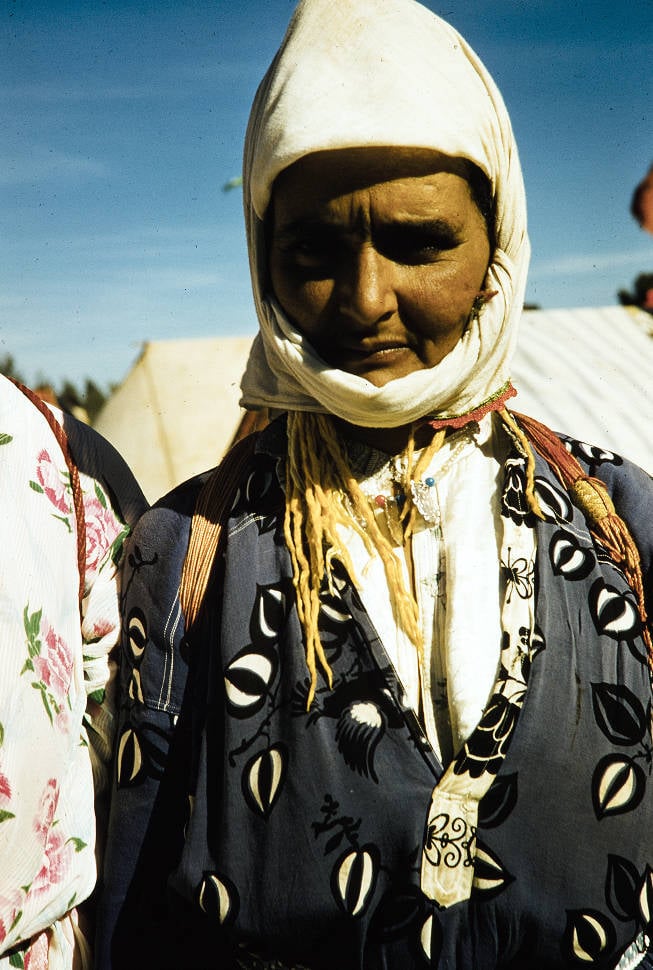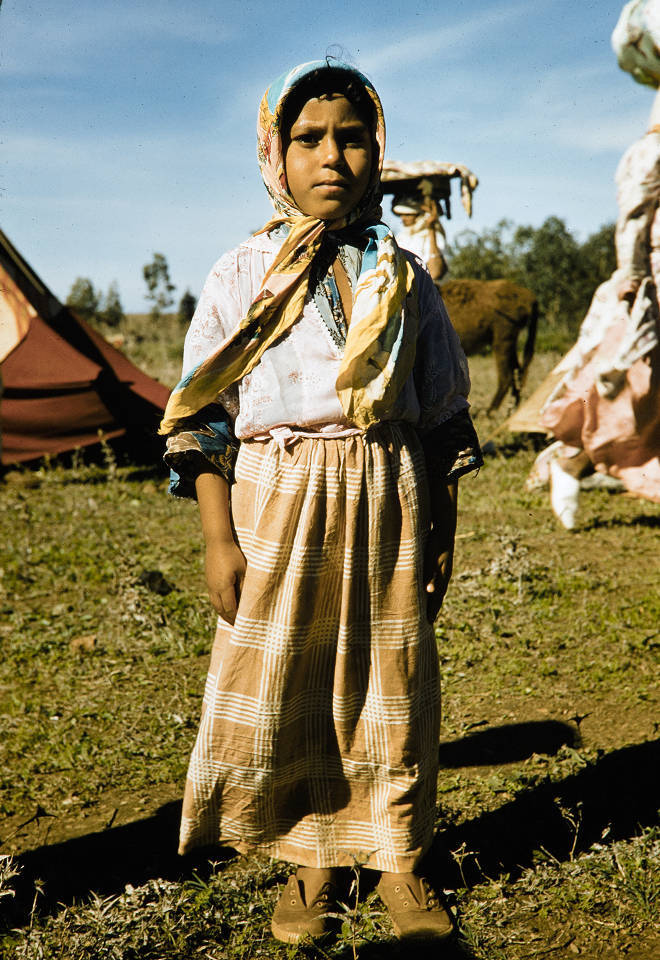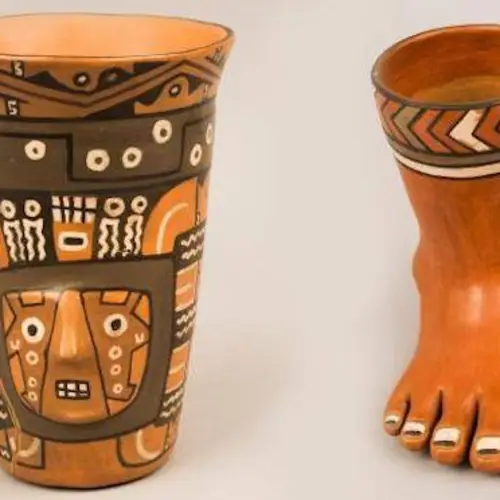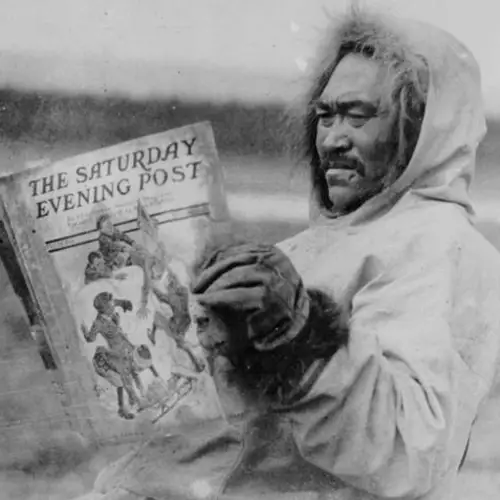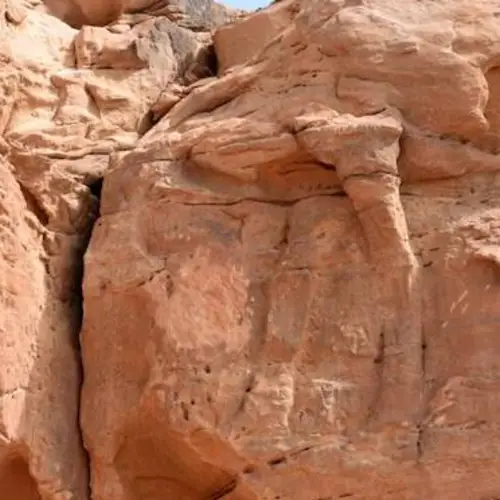The Berbers are a tenacious people who have lived in the Maghreb region of North Africa since the beginning of recorded human history — and they’ve fought fiercely to maintain their culture in the face of modernization and oppression.
"The men who belong to this family of peoples," the 8th century Tunisian historian Ibn Khaldun remarked of the Berbers, according to the BBC, "have inhabited the Maghreb since the beginning."
Indeed, the Berbers — also known as the Imazighen, or "free men" — have lived in North Africa since the beginning of recorded human history. Evidence of their existence in the Maghreb region dates back to at least 10,000 B.C.E. in the form of cave paintings and rock art.
They were the original inhabitants of this corner of the world. When the Romans, Greeks, Carthaginians, and later the Arabs arrived in the region, it was the Berbers that they first encountered. But while many of these empires fell, the Berbers endured. Over the millennia, they spread west across northern Africa, establishing strongholds in the present-day countries of Morocco, Algeria, Tunisia, Libya, Egypt, Mali, Niger, and Mauritania.
Many are still there to this day. But as the world has changed, the Berbers have too. They've adapted to new religions, new world powers, and new technologies. And in the 20th and 21st centuries they've fought — fiercely — to preserve their culture, language, and traditions.
The Berbers, The Original Inhabitants Of The Maghreb
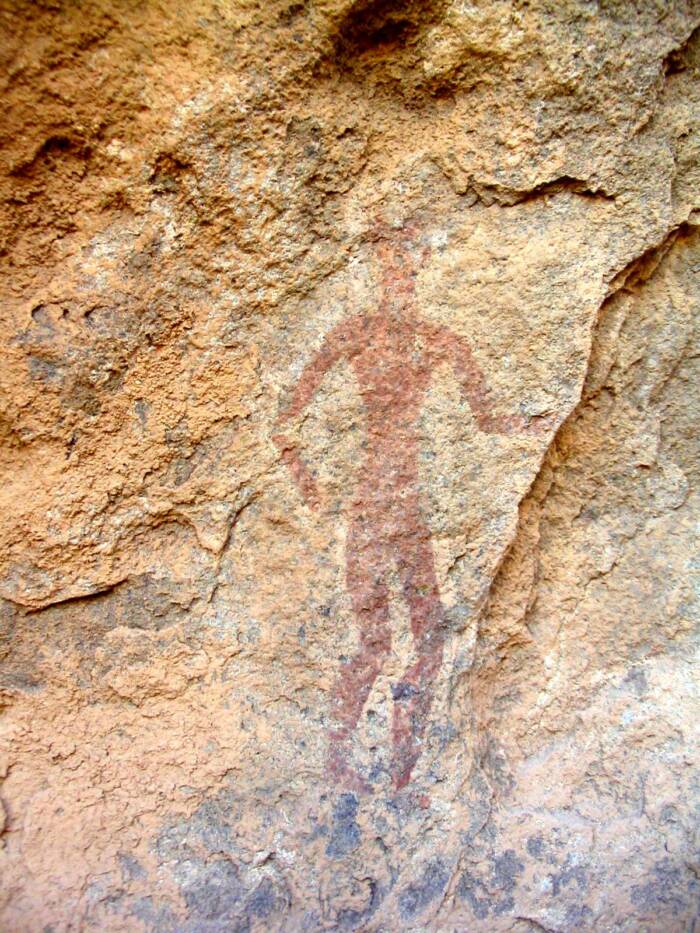
W. Robrecht/Wikimedia CommonsBerber cave art. Berbers have inhabited the Maghreb region since the beginning of recorded human history.
The history of the Berbers goes back more than 10,000 years, to a time when the Sahara Desert was lush and green. They left behind cave drawings and rock art, and appeared in early Roman, Greek, Phoenician, and Egyptian texts. The very term "berber" might come from the Latin "barbarus," which was used to refer to non-Latin speaking peoples.
Some Berbers now prefer to be called "Imazighen" or "free men," but they've always been made up of disparate tribes, including the Mauri, the Kabyle, and the Chaouis. Many tribes established kingdoms in antiquity, and some of these kingdoms — including Numidia and Mauritania — were incorporated into the Roman Empire in the 2nd century B.C.E.
Though Berbers absorbed elements of the cultures from the empires they encountered, the greatest outside influence on Berber life was the Arabs. In the 7th and 8th centuries, the Arab Conquest brought a new language (Arabic) and religion (Islam) to the Maghreb. The conquest also drove many Berber tribes into the desert and mountains as Arab forces established strongholds in the plains.
There, in relative isolation, many Berbers were able to preserve their language and culture even in the face of growing Arabic dominance.
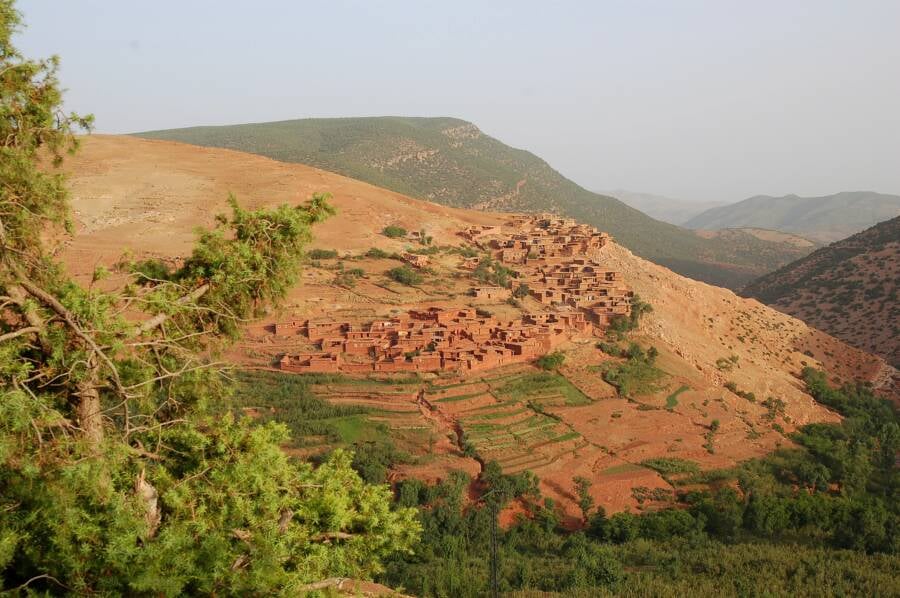
Luc Viatour/Wikimedia CommonsA Berber Village in Morocco's high Atlas Imlil valley.
Indeed, their lifestyle is based on traditions that go back thousands of years. And as the 20th century approached, many Berbers maintained their way of life even in the face of increasing modernity.
Inside The Berber Way Of Life
Tucked into enclaves across North Africa, Berber societies developed in places like the mountains of Kabylie in Algeria, the Atlas mountains in Morocco, and the Ahaggar mountains in the Sahara Desert.
Today, most Berbers live in Morocco (where they make up 40 percent of the population) followed by Algeria (where they make up roughly 20 percent of the population). Berber communities can also be found in Tunisia, Libya, Egypt, Mauritania, Niger, Mali, Nigeria, Burkina Faso, and even abroad.
Because the Berbers live in scattered communities throughout the Maghreb region, various tribes have developed distinct languages and traditions over the millennia.
Some Berbers live a nomadic life, traveling through the Sahara desert on camels and sleeping in tents. Others live in houses of clay or stone, establishing farms and subsisting on crops like wheat, fruit, barley, and olives.
Many Berbers live in communities where women play central leadership roles, seeing to the day-to-day needs of the home while men take care of livestock, often migrating with their flocks during the year. Berbers in places like Morocco are especially known for their craftsman skills, and make things like jewelry, pottery, and henna art.
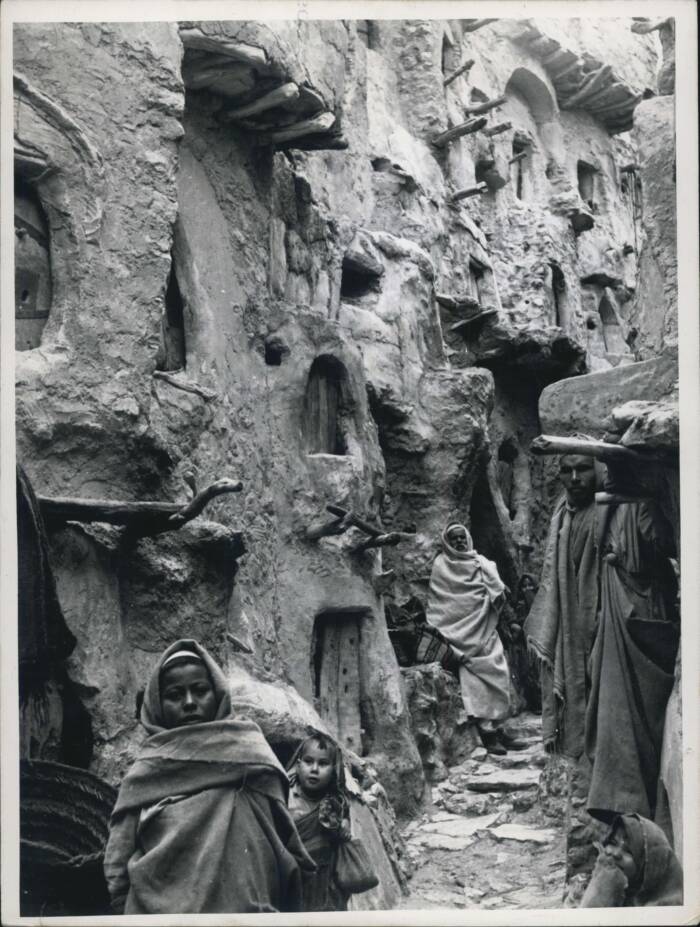
Keystone Press / Alamy Stock PhotoA centuries-old Berber fortress in The Jebel mountain range.
The Imazighen often dress in Arab style, with turbans for the men and headscarves for the women. However, the Tuareg people of the Sahara — sometimes referred to as the "blue men" — are known for their vibrant indigo blue robes called daraa or boubou.
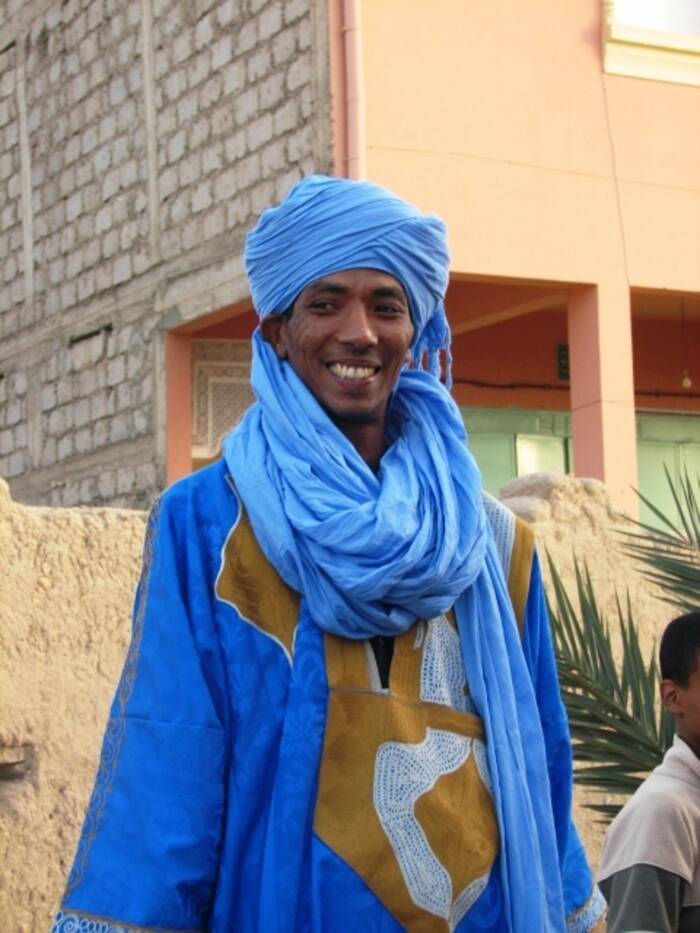
Hanay/Wikimedia CommonsA Tuareg man in Morocco. 2008.
Traditionally, many Berber women wear tattoos on their faces and bodies to signify personal milestones or important moments in the community. These tattoos may also be worn ornamentally, to elicit strength or good health, or to ward off evil spirits.
As for religion, most Berbers are Muslim due to Arab conquest centuries ago (though a minority of Berbers are Christian or Jewish). This goes to show the Berbers have adapted to other cultures over time, a trend that continues to this day. Indeed, many modern-day Berbers have left their traditional homes to work in urban centers, which in turn has brought modern ideas and technologies from Arab and European capitals back to Berber communities.
But despite this cultural exchange, there are still tensions between the Imazighen and their majority Arab countrymen across the Maghreb.
Surviving Persecution And Modern Life
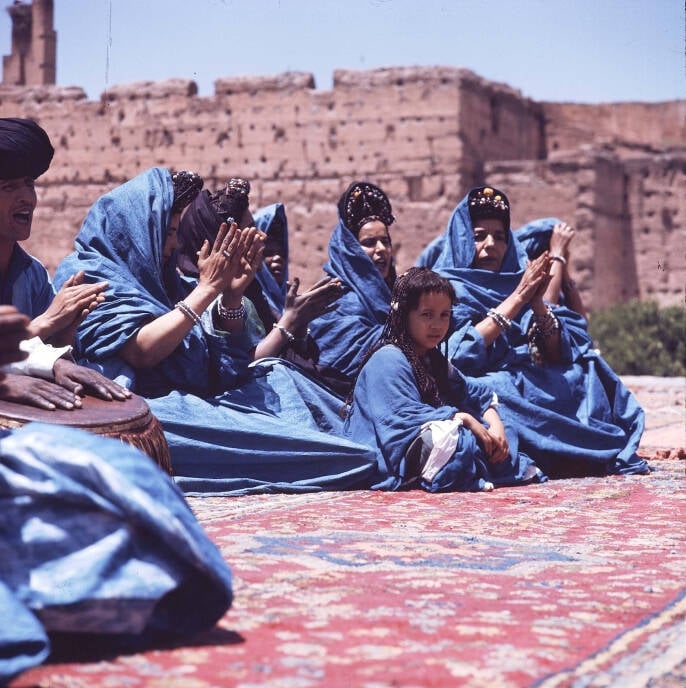
National Museum of World Cultures/Wikimedia CommonsBerber women in the 1970s. Though Berbers have kept many of their traditions alive, they've also faced challenges of modernity and political oppression.
It wasn't until the Arab conquest — and later French colonization — that the Berbers were truly seen as a cohesive group. For centuries they had belonged to disparate tribes and spoken different languages. But in the 20th century, Berbers began to identify as Berbers — or rather, as Amazigh, or free men.
This push to develop a cohesive identity, however, led to pushback from political forces seeking to suppress their languages, culture, and history.
As countries across the Maghreb achieved independence from France, some saw the Berbers — and the emergence of Berber nationalism and pride — as a hindrance to establishing a national identity. In response, many countries with large Imazighen populations cracked down on them.
Algeria and Morocco both suppressed or outright canceled Berber studies programs, and the cancellation of a lecture on Berber poetry in Algeria triggered protests in the 1980s. In 2001, protests broke out again in Algeria after a young Kabyle man named Massinissa Guermah died while in police custody.
In Libya, which has a much smaller Berber population (roughly 5 percent), the government took an especially harsh stance. Because the Libyan dictator Muammar Gaddafi believed in building a cohesive Arab nationality, Berbers faced draconian punishments for attempting to preserve their culture. Any attempt to promote Berber identity — from speaking their language, to giving children Amazigh names, to flying the Amazigh flag — would result in severe consequences, even death.
And even after Gaddafi's fall in 2011, Berber inclusion in Libyan society wasn't assured.
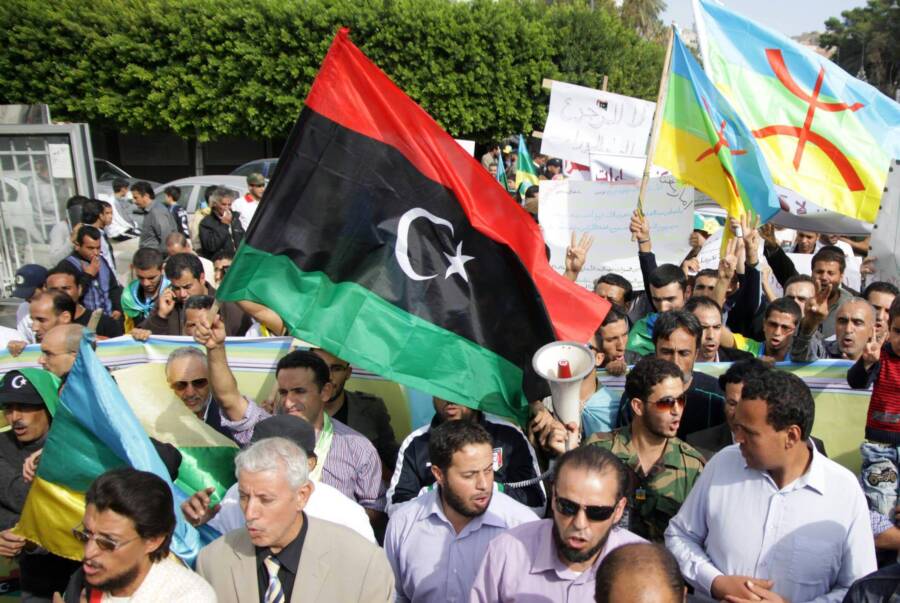
Imago / Alamy Stock PhotoBerbers carrying both the Libyan flag (in the forefront) and the Amazigh flag (in the background) in 2011. Berbers were treated severely under Muammar Gaddafi but have had to push for their rights even since he was deposed.
"Our problem is not only the 42 years of the former regime," Mazigh Buzakhara, a Libyan-Berber activist, told CNN in 2012. "Our problem is 1,400 years of Arab or Islamist mentality that has been brought to North Africa itself. It's a mentality problem, not only with the common people but in the heads of the politicians."
Elsewhere, Berbers have had some more success. The Tamazight language is studied in Algeria and is listed as one of the country's national languages. And Moroccan Berbers succeeded in establishing the Royal Institute of Amazigh Culture (today part of the National Council for Amazigh Languages and Culture) in 2001. There, Standard Moroccan Berber is recognized as one of the country's two official languages alongside Arabic.
But the story of the Berbers is far from over. It's a tale that started thousands of years ago, when Berber tribes roamed the lush Sahara, developed their culture, and clashed with emissaries from Rome, Greece, and other empires. It's a story that continued throughout the Arab conquests of the 7th and 8th centuries, and marched straight into modern times where Berbers — though no longer living exclusively in the mountains and desert — have maintained a hold on their culture and traditions.
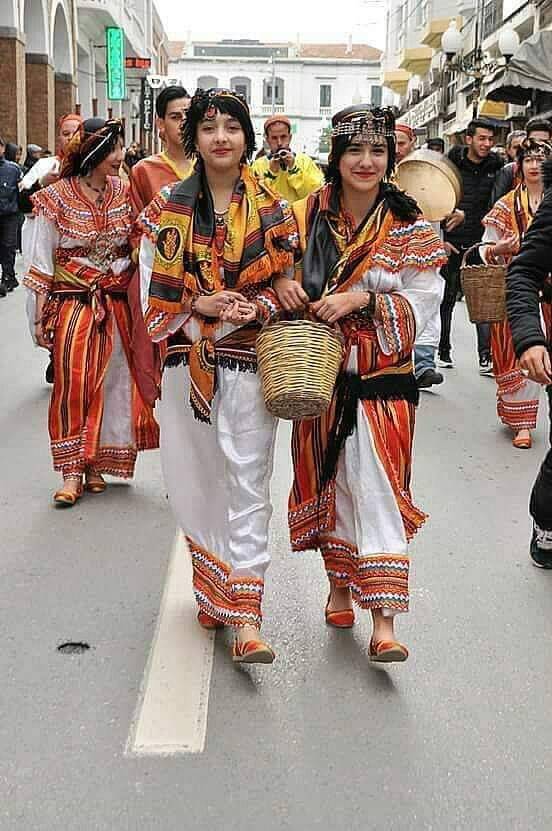
Koukoumani/Wikimedia CommonsA crowd of young Berbers celebrating the Amazigh New Year in Algeria. Though many countries have tried to suppress Berber traditions, Berbers have fought back for the right to speak their language and practice their culture.
And today, the story is still being told. Berbers — Amazigh — are a more cohesive group than ever. Though spread across different countries in Africa, they continue to fight for their right to exist, to speak their language, and to celebrate their culture. Though this struggle isn't always easy, the Berbers have faced towering challenges before. They survived as the Sahara turned to desert, as empires crumbled, and as new religions and ideas came to their borders.
Surely, they'll survive whatever comes next.
After learning about the Berbers, discover the fascinating history of the isolated Asmat people of New Guinea. Or, discover the incredible story of the Ashanti Empire, one of the most powerful kingdoms in pre-colonial Africa.
